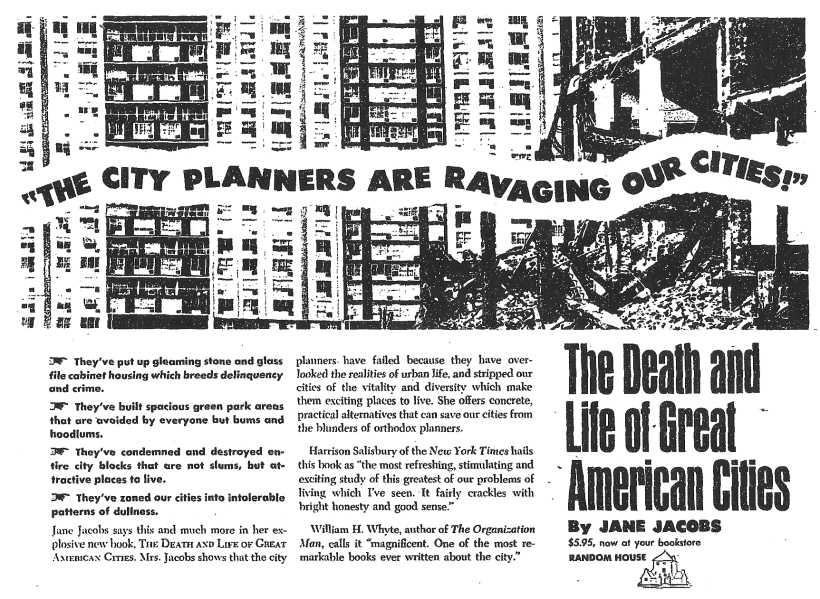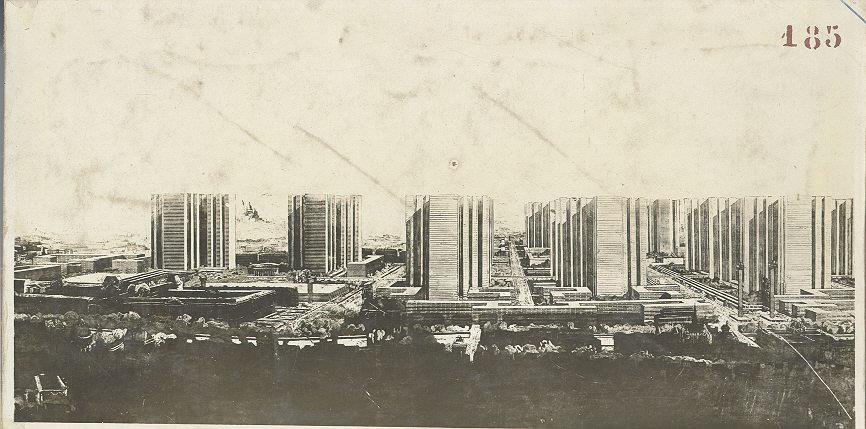Surveillance pervades modern society. From CCTV cameras to cellphones to digital tracking, it can be impossible to tell whether someone is watching. This monitoring almost certainly affects our behavior, and theories about exactly how it does have a long history, tracing back to a model of the ideal prison: the Panopticon. Read more
Visible Yet Unverifiable: The Panopticon




